Foam Roller: Types, Benefits, effective Exercises



Such a device as a foam roller has got popularity as a multifunctional tool for muscle recovery and self-massage. This dense foam cylindrical device allows people to target specific muscle groups, release tension, and improve mobility. In this article, we will explore various types of foam rollers, investigate their numerous benefits, and introduce a range of exercises to maximize the effectiveness of your foam rolling routine.
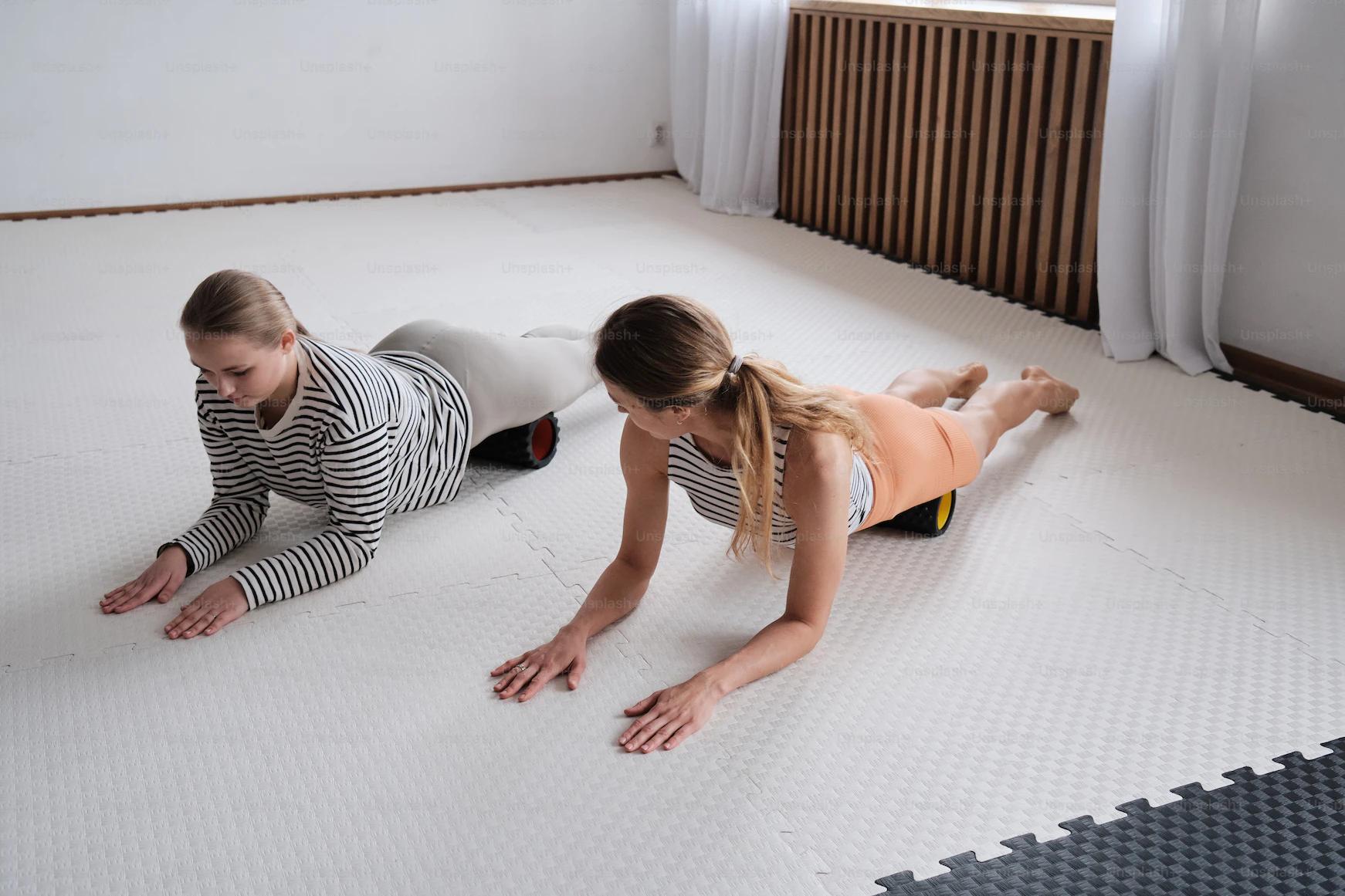
Standard Foam Rollers:
The traditional foam roller is the go-to option for beginners and fitness enthusiasts alike. Made of high-density foam, it provides a balanced level of compression. Traditional foam rollers are versatile and suitable for individuals of all fitness levels. They effectively target muscle groups, helping to release tension and enhance muscle recovery.
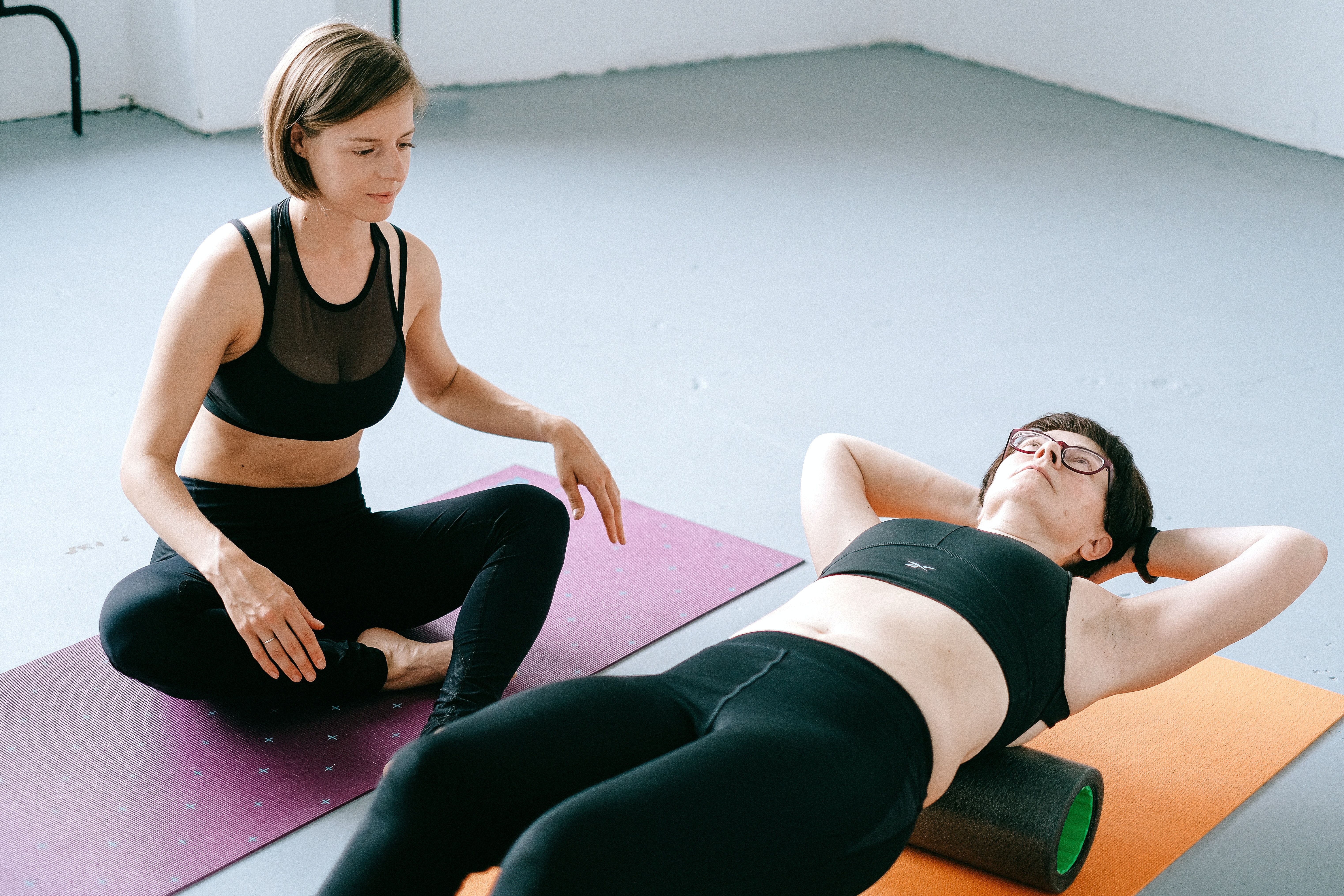
Textured Foam Rollers:
Textured foam rollers take self-massage to the next level. They feature distinctive ridges, knobs, or grids on the surface, intensifying the massage experience. The textured design stimulates blood flow and reaches deeper layers of muscle tissue, effectively breaking up knots and trigger points. These foam rollers are especially beneficial for individuals seeking a more targeted and intense massage.
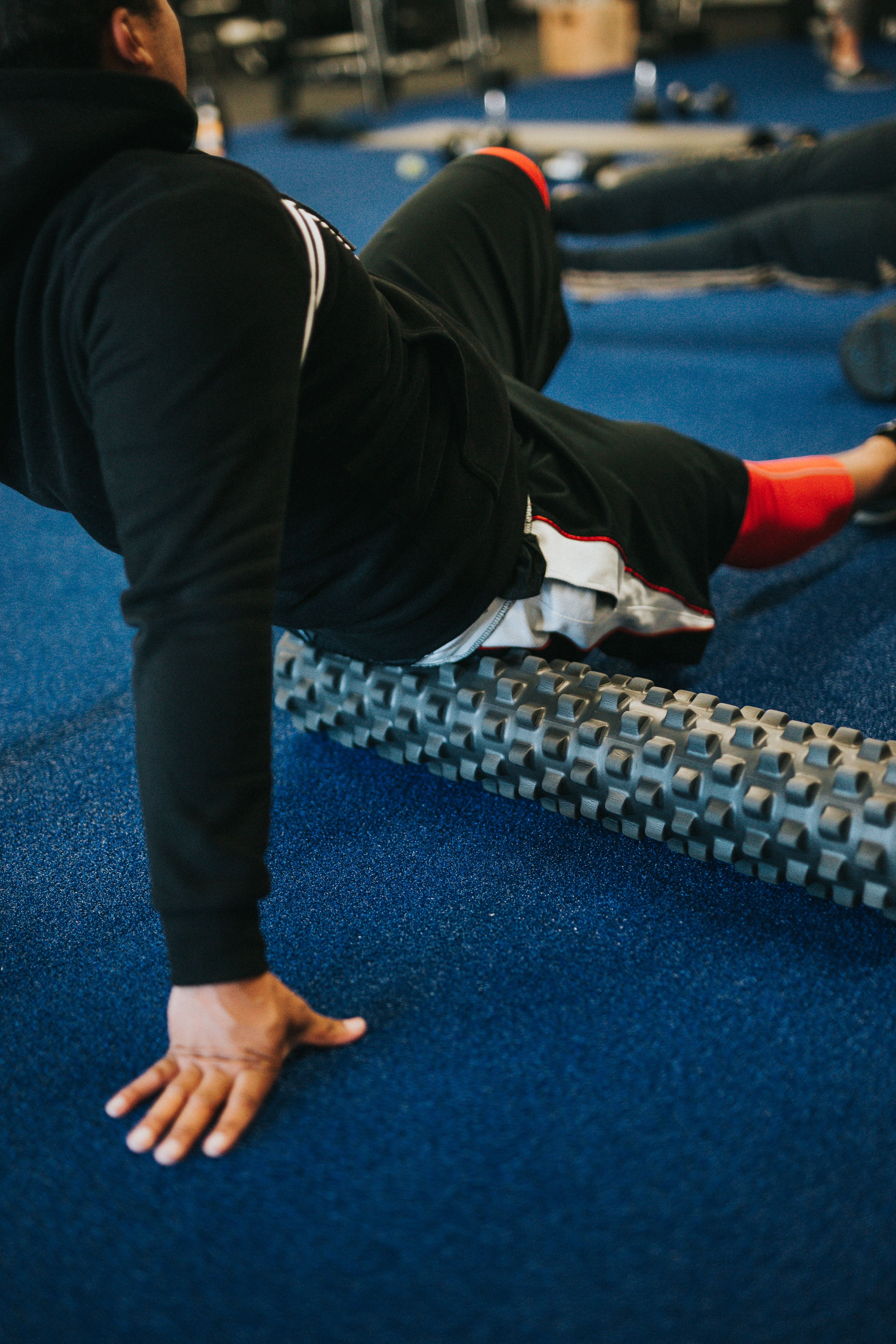
Vibrating Foam Rollers:
Harnessing the power of technology, vibrating foam rollers offer a dynamic self-massage experience. These rollers incorporate vibration mechanisms that enhance muscle relaxation and deep tissue massage.
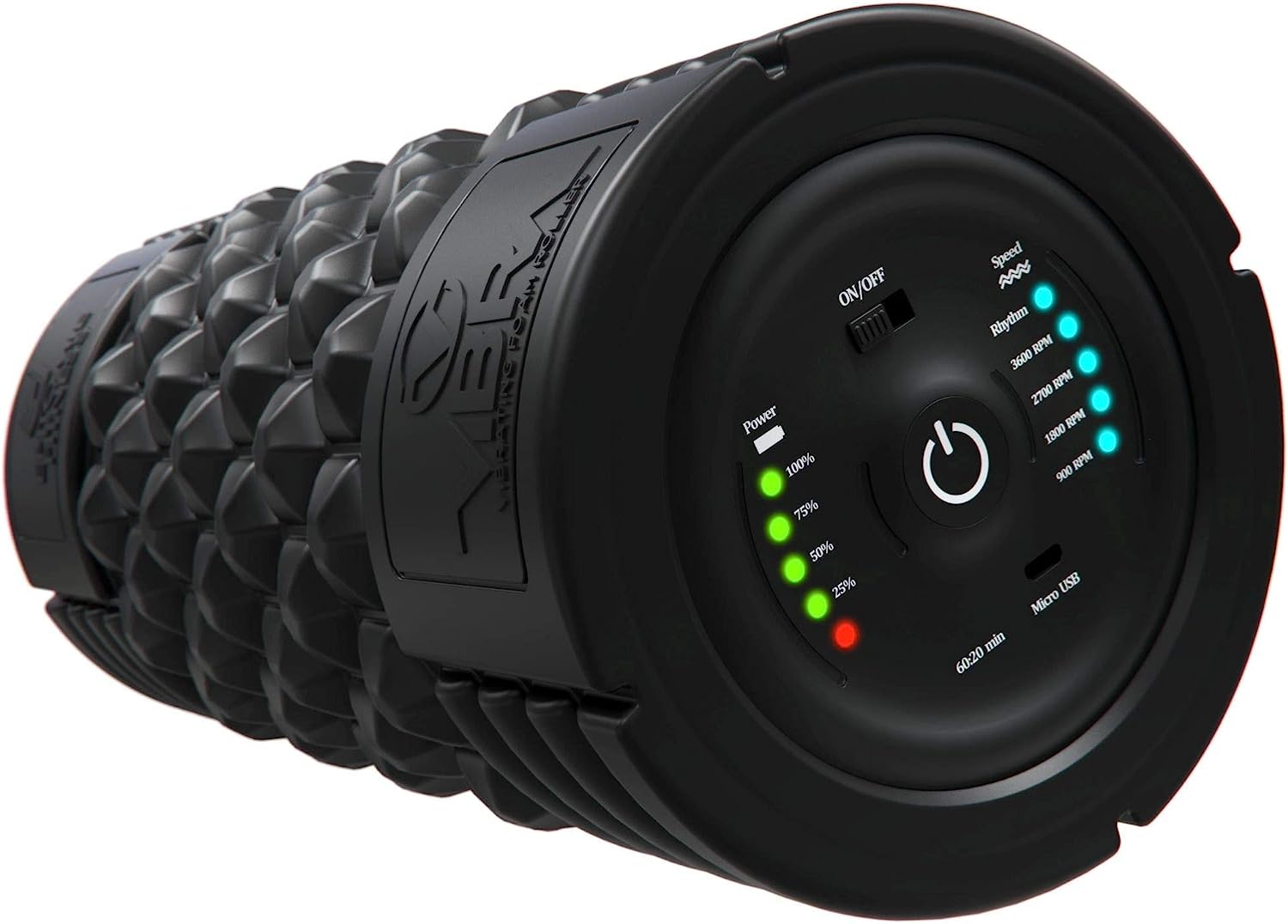
Soft Foam Rollers:
While most foam rollers are made of high-density foam, soft foam rollers offer a gentler approach to self-massage. These rollers are constructed with lower-density foam, providing a more forgiving surface for sensitive individuals or those new to foam rolling. Soft foam rollers are ideal for beginners or those recovering from injuries who require a less intense pressure for muscle release.
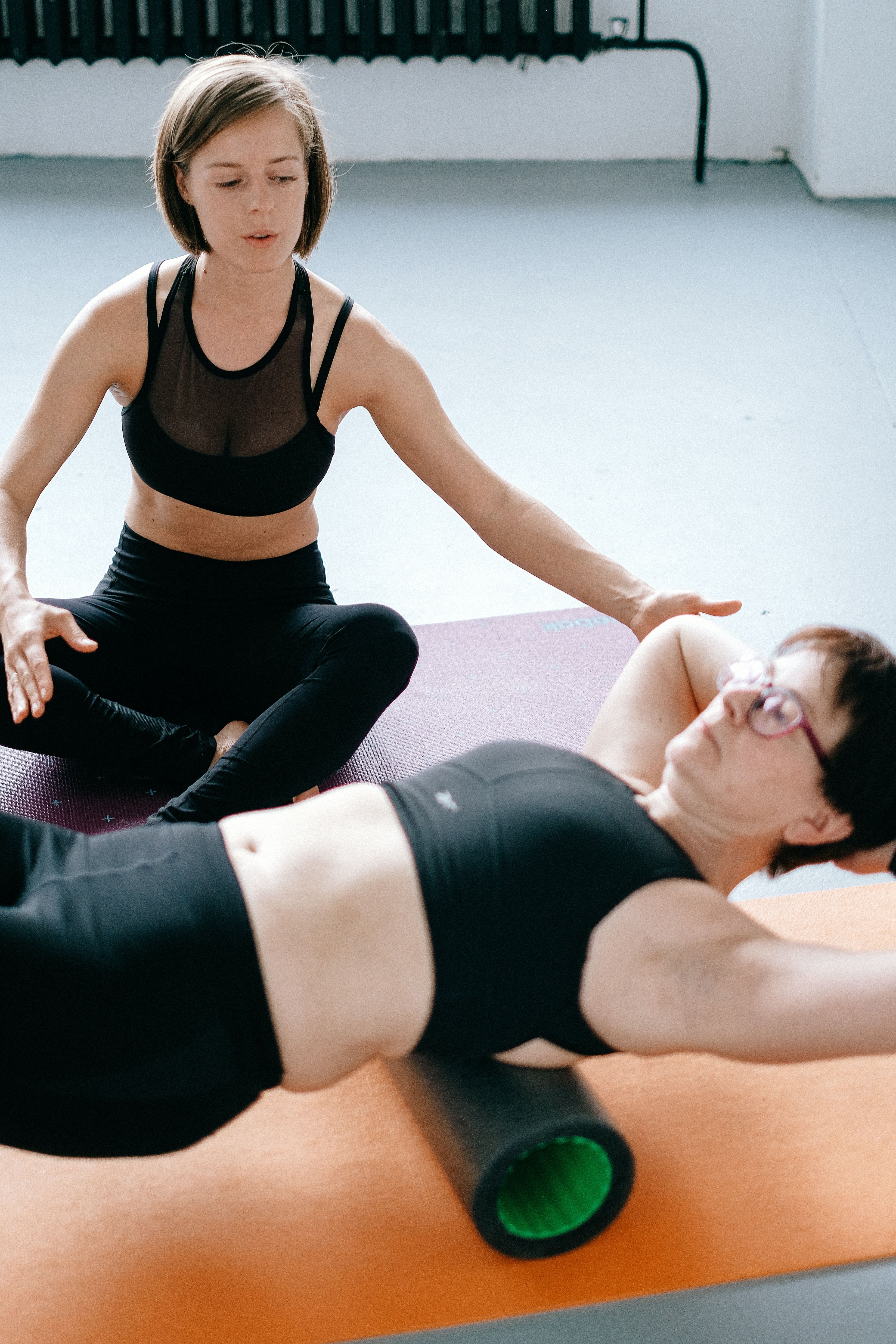
Half-Round Foam Rollers:
Half-round foam rollers are a unique variation of the traditional foam roller. As the name suggests, they have a semi-circular shape and are often used for specific exercises and stretching routines. These foam rollers offer stability and support during balance exercises, making them popular among individuals practicing yoga, Pilates, or physical therapy.
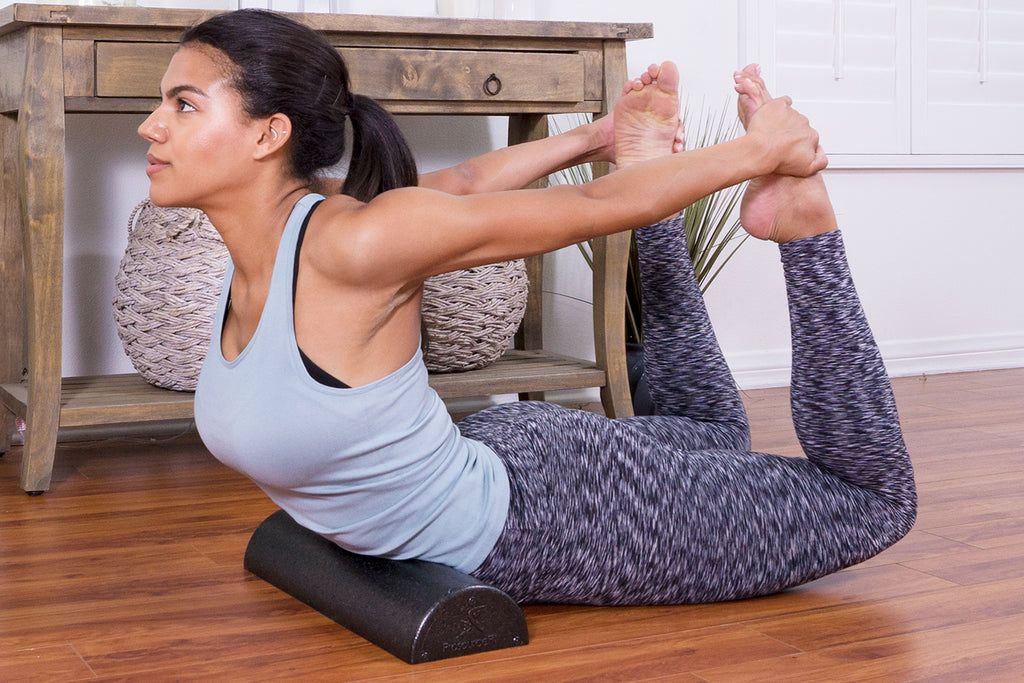
Benefits of Foam Rolling:
- Muscle Recovery: Foam rolling is an excellent tool for post-workout muscle recovery. By applying pressure to the muscles, it helps break up lactic acid build-up, reduce inflammation, and alleviate muscle soreness, leading to quicker recovery times.
- Increased Flexibility and Range of Motion: Regular foam rolling improves flexibility and range of motion by releasing tight muscles and fascia. It also helps correct imbalances and improves posture.
- Injury Prevention: Targeting specific muscle groups, foam rolling alleviates muscle imbalances and tightness, reducing the risk of injuries. It promotes better muscle function and joint stability, enhancing overall performance.
- Myofascial Release: Foam rolling enables myofascial release, the process of releasing tension and adhesions in the fascia, the connective tissue surrounding muscles. This promotes better muscle function, improves blood flow, and reduces pain.
Effective Foam Rolling Exercises:
- Quadriceps Roll: Sit on the floor with the foam roller under your thighs. Support your body with your hands behind you and roll from the hip to just above the knee, focusing on tight or tender spots.
- IT Band Roll: Lie on your side with the foam roller positioned beneath your hip. Use your arms and opposite leg to control the pressure as you roll along the outer side of your thigh from hip to knee.
- Upper Back Roll: Lie on your back with the foam roller under your upper back. Bend your knees and keep your feet flat on the ground. Roll from the middle of your back to your shoulders, targeting knots or tightness.
- Glute Roll: Sit on the foam roller with bent knees and feet flat on the floor. Cross your ankle over the opposite knee and lean towards the crossed leg. Roll back and forth over your glutes, focusing on areas of tension.
By incorporating the foam roller into your fitness routine, you can experience numerous benefits for muscle recovery, flexibility, and injury prevention. Using different types of foam rollers and practicing targeted exercises will optimize the effectiveness of your foam rolling routine. Whether you are an athlete, a fitness enthusiast, or seeking relief from muscle tightness, foam roller is a valuable tool to enhance your overall well-being. Embrace the power of self-massage and unlock a new level of muscle recovery with foam rolling today!

